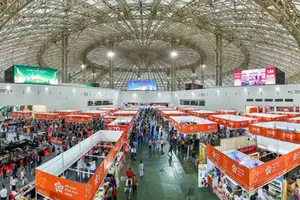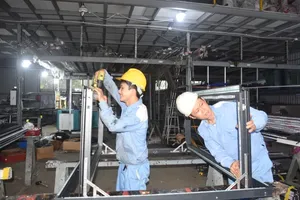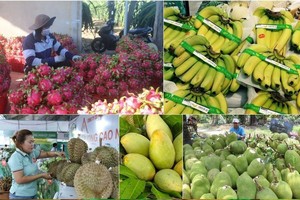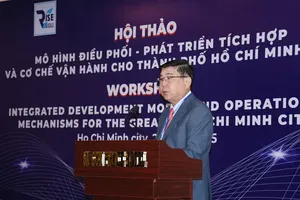
Ho Chi Minh City is poised to become a Southeast Asian powerhouse in wood and furniture production and exports, provided that companies ramp up green practices, branding and innovation, industry insiders said.
A solid foundation for a regional export hub
Phung Quoc Man, Chairman of the Handicraft and Wood Industry Association of Ho Chi Minh City (HAWA), said the Vietnamese wood industry has grown rapidly, from less than US$200 million in exports in 1999 to an estimated US$20 billion in 2025.
Vietnam now ranks as the world’s second largest exporter of interior-decor wooden furniture after China, shipping products to 166 markets with a near-complete supply chain in place.
Post-administrative merger, Ho Chi Minh City now generates almost half of national wood-product export value, eclipsing Binh Duong – former manufacturing centre. The city’s integrated ecosystem, spanning manufacturing, processing, logistics and seaports, creates a robust base for regional hub status, Man said.
Given this potential, he urged municipal authorities to roll out policies establishing Ho Chi Minh City as a global furniture manufacturing and export hub.
Nguyen Van Duoc, Chairman of the municipal People’s Committee, said Vietnamese firms can no longer depend solely on contract manufacturing; instead, they must embed themselves in global supply chains and produce “Made by Vietnam” rather than “Made in Vietnam” goods.
He called for tight collaboration among authorities, associations and businesses, with HAWA spearheading a strategy to cement the city’s global wood industry role. Every company should set up its own R&D unit and weave Vietnamese cultural motifs into designs to build distinctive brands, he added.
Key to elevating Vietnam’s wood industry
Nguyen Quoc Khanh, Chairman of AA Corporation, said Ho Chi Minh City must cultivate homegrown interior-design labels.
“Vietnam holds a solid slot in the contract manufacturing chain, but its brands still signal low-cost and lag China in competitiveness. With nearly 70% of exporting wood firms here, HCMC is primed to build strong brands,” he said.
Le Duc Nghia, Chairman of An Cuong Wood Company, flagged digital transformation, green transition and supply chain transparency as top hurdles. Some 30-40 percent of timber still comes from high-risk sources, while many small and medium enterprises lack funds for eco-upgrades. He proposed that the Government develop a national wood industry database.
Nguyen Liem, Vice Chairman of the Vietnam Timber and Forest Products Association, advocated for a support center for green transition and digital transformation offering consulting and expert connection. He also pushed a “low-emission wood factory” initiative to track and cut CO₂, advance low-carbon certification and create a green wood cluster with shared dust, wastewater, solar and logistics infrastructure, letting smaller players go green affordably.
























